Indoor antennas for TV: features, types and models, selection criteria
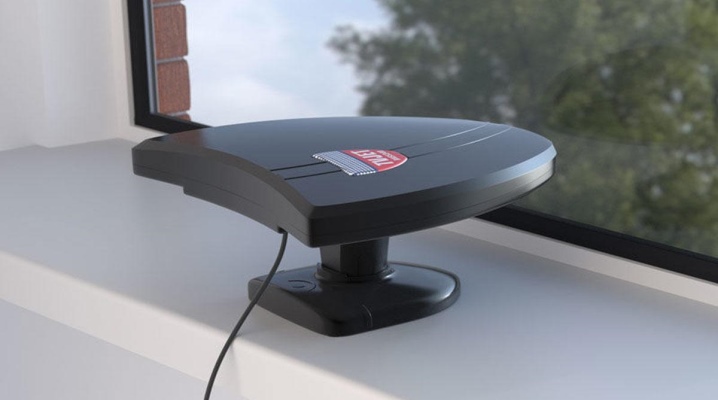
An indoor antenna is an indispensable device for ensuring the functioning of your TV. This is the most important household device, without which it is impossible to watch television programs (both digital and analog). It is important to carefully approach the choice of a suitable device, focusing on its technical characteristics, as well as customer reviews.
Therefore, you should know the features of such a device, the types of indoor antennas, as well as the most popular models.
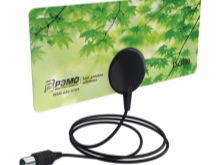
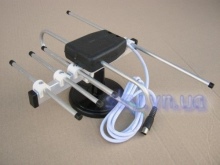
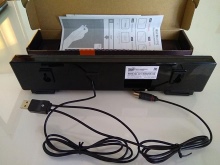
Peculiarities
An indoor TV antenna is a device that regulates signal reception. In this case, the very name of the device indicates its location. A TV indoor antenna has a number of advantages and disadvantages. You should carefully evaluate all the pros and cons before purchasing a device for home use. The positive aspects include:
- quick and easy installation process;
- low cost;
- the ability to move around the room, as well as from one room to another;
- small dimensions.

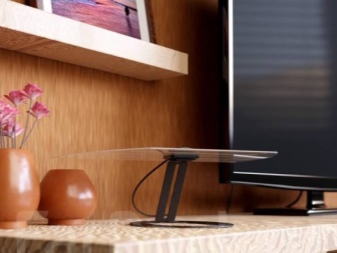
At the same time, disadvantages should be highlighted:
- channel setting is carried out separately for each channel;
- the need to find a TV tower nearby so that the signal is of the highest quality;
- high sensitivity to external environment (for example, buildings and large trees located at a short distance can cause serious interference).
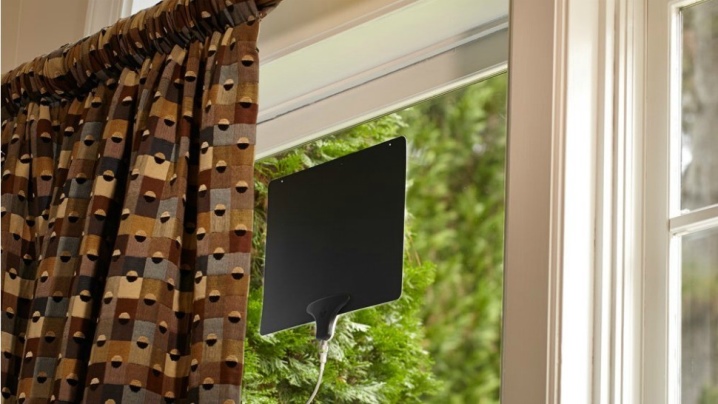
Views
Antenna type is an important characteristic of this device, which should be paid close attention to when purchasing a device. Today, there are several types of indoor TV antennas on the market, which differ in functional features, as well as in external design. There are several of the most famous and commonly used types of indoor antennas.
- All-wave indoor antenna MV-DMV. Such a device can be classified as broadband catchers. The main lobe of the radiation pattern is circular. In order for the device to receive digital television, it must be equipped with a special amplifier with shielding and low noise level.

- UHF decimeter indoor antenna. Such devices have an elongated outer shape with a large number of directors (or crossbars). Thanks to this design, the signal that reaches the vibrator of the device is greatly enhanced. As for the structure of the radiation pattern, it has a narrow and elongated main lobe. The device is quite compact in size, so it can be easily carried from one room to another.

- Passive. The device is characterized by the absence of a special built-in signal amplifier. Many consider this antenna option to be the most optimal for home use, since the cable length to the TV is relatively short, so an additional amplifier is not required.
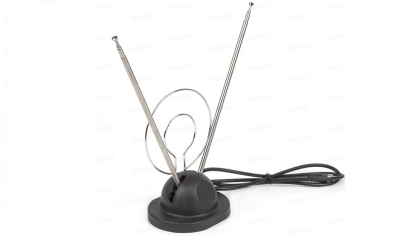
- Active. Unlike passive types, active antennas have an amplifier in their design. Most often, the antenna itself does not have sufficient power. Moreover, its installation is carried out at a great distance from the digital decoder.
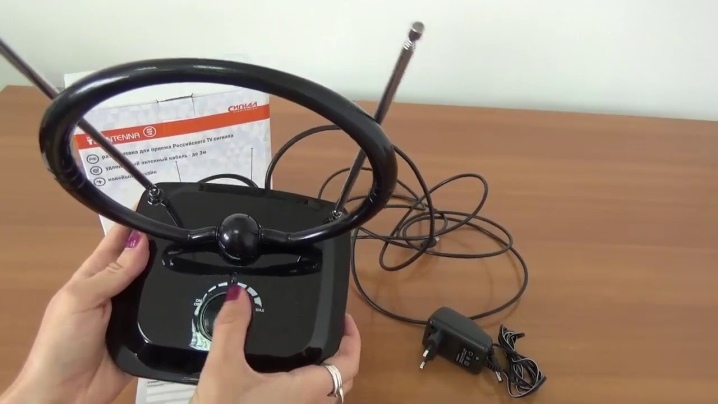
- Meter. This antenna is considered the simplest and most standard type. It is used to receive a wave signal up to 1 m long.The design of the meter antenna consists of a specially designed stand, as well as a coaxial cable that connects to the TV.

Model overview
A large number of various models of room television receivers are presented on the market, which differ in functional characteristics, as well as in appearance. Carefully choose the model that is right for you. Consider the rating of the most popular, powerful and demanded models of room receivers for TV among consumers.
- REMO BAS-5320-USB Inter 2.0. This device has a low cost, so the antenna is available for representatives of all social strata of the population. However, despite the budget price, the receiver is capable of performing all the necessary functions. The ideal ratio of price and quality makes the REMO BAS-5320-USB Inter 2.0 model one of the most popular and demanded. The antenna is characterized by increased power, through it you can configure 30 channels (and this applies to both digital and analog channels). It is quite easy to control the antenna and tune the device - even a beginner can cope with this task.
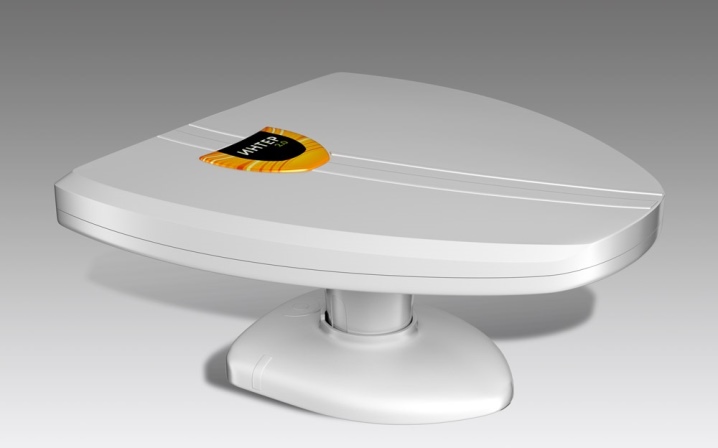
- Cadena AV. For the signal to be of the highest quality, the repeater should be located at a distance of no more than 20 km. The device is equipped with a special amplifier built into the antenna housing. As for the maximum indicator of the signal level, it is 30 decibels. It is important to know that the model will not function if the air temperature drops below 0 ° C. At the same time, the device is perfectly compatible with the DVB / T2 digital television standard.

- Delta DIGITAL 5B. This unit is capable of receiving digital DVB / T2 signal. It should be noted that the model belongs to the category of universal devices. The thing is that Delta DIGITAL 5V is capable of receiving an analog signal. A special amplifier is included in the design of the receiver. There is an option to adjust the signal gain. The antenna tilt angle can be adjusted up to 25 °.

- "Uralochka". The most important distinguishing feature of the device is its compact size. However, even in spite of its small dimensions, the antenna performs all the necessary functions at the highest level. The amplifier factor is 39 decibels. The Uralochka antenna will be able to provide viewing of digital television in an 80-kilometer range from the repeater. The device well receives TV channels of the 1st and 2nd multiplexes.
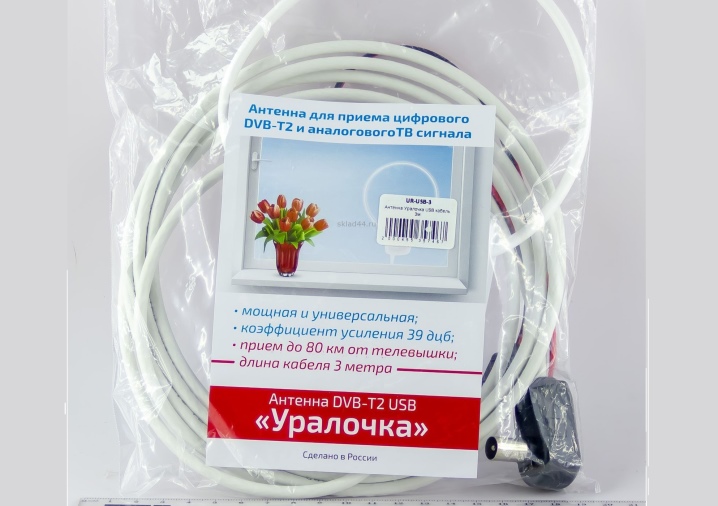
How to choose?
When choosing an indoor antenna that will function as efficiently as possible and will also last you a long time, there are several factors to consider. Let's consider them in more detail.
- The first thing to consider is the distance from the TV tower to the antenna.
- Pay attention to the markings and markings on the antenna packaging. Most of them indicate the type of device you are purchasing.
- Before purchasing an antenna, check the standard equipment. Prefer models sold with the required coaxial cable for connection. In addition, it is desirable that the base kit includes a stand or mount.
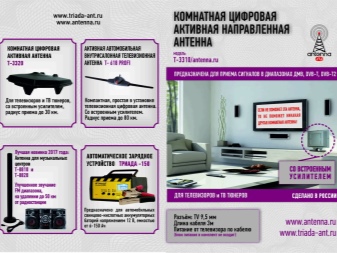

On the market, you can find room receivers in different price categories: from budget models to premium ones. In this regard, first of all focus on your financial capabilities. If we talk about the recommendations of specialists, they advise purchasing antennas of the middle price segment, since these devices correspond to the ideal ratio of price and quality.
Antenna manufacturer is a key factor when choosing an indoor unit. Today, a large number of companies (both world famous and relatively young) are engaged in the production of such devices.
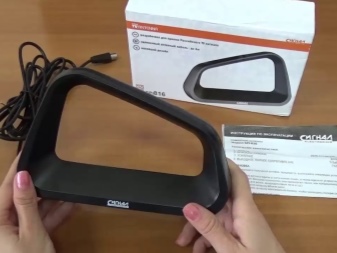
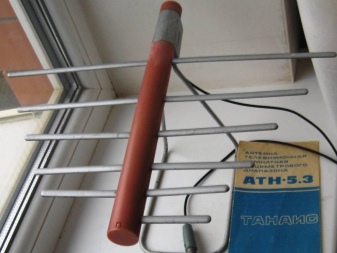
In the process of choosing and purchasing a television indoor antenna, it is recommended to give preference to products of well-known brands. Such antennas are manufactured taking into account all international requirements, as well as using the latest technological and scientific developments.
For the purchase of an antenna, you should contact only official dealerships and brand stores. If you ignore this rule, then you can come across unscrupulous sellers who may offer you substandard or fake products.
If you take into account all the factors described above when buying a receiver for your TV, you will be able to purchase the most optimal device for your needs.

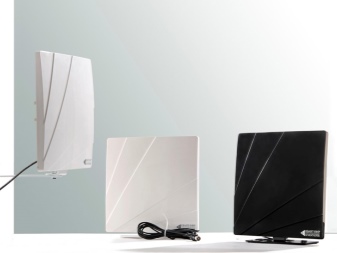
How to connect?
After you have purchased the desired device, you should start the process of connecting it, as well as configure the device. To carry out this process correctly, it is necessary to follow the step-by-step diagram provided by the manufacturer in the operating instructions, which, in turn, is an integral part of the standard equipment. Most indoor TV antennas are sold with a dedicated cable (which can be up to 1.5 m in length) and a connector. In this case, it is advisable to place the antenna itself near the window.
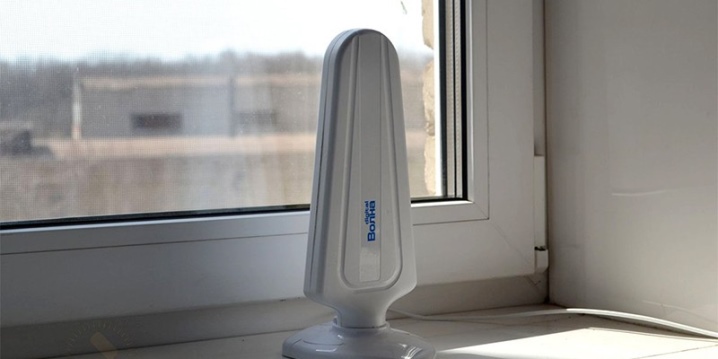
If you own a TV that can receive a T2 signal, then to connect the antenna, you just need to insert the plug into the specially designed socket on the TV. When setting up in the TV menu, select “Digital Signal”. And also do not forget to plug the antenna into a power outlet (especially if the antenna is equipped with a special amplifier).
In addition, the room device can be connected not to a TV, but to a special set-top box (or a so-called digital tuner).
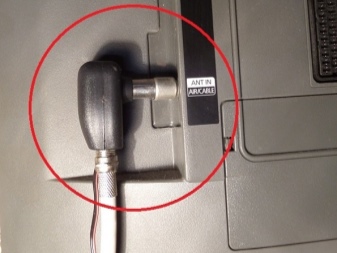

Review overview
In general, antenna users note that such devices are distinguished by a comfortable and simple control system and a budget price. That's why For some people, an indoor TV antenna is the best option. In addition, customers have noted such positive characteristics of the antenna as aesthetically pleasing appearance and simple installation process.
At the same time, it should be borne in mind that it is necessary to approach the choice of the device with special responsibility, since the effectiveness of its functioning will depend on this in the future. And also when choosing, consumers recommend paying attention to how the antenna and TV will be combined.
An overview of one of the models in the video.













The comment was sent successfully.